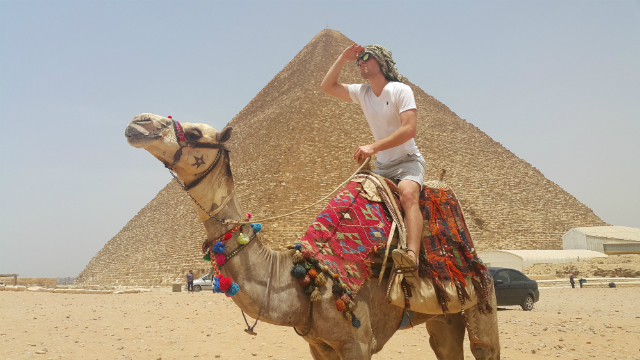
How to Enjoy Cairo in 48 Hours
First, let me say for the record that Cairo isn’t really a 48-hour type of destination. Time has a way of passing by in this city that is best not measured in hours or days. The rhythm of life in Cairo beats in a way that is uniquely Cairene. This rhythm can be charming or frustrating – all for the same reasons!
Everything happens at its own pace and time in Cairo. So when exploring on Egypt vacations, strictly scheduled itineraries are best to be avoided.
Time spent in Cairo is like a riverboat floating down the Nile: a wonderful adventure … provided you don’t struggle against the current. So go with the flow, and appreciate that sometimes when plans don’t work out, maybe they just weren’t meant to be. Besides, Cairo is the type of city where you’ll never know what you might find waiting around the next corner. What you might run in to could be even better than any plans you made!
That being said, a general itinerary can be helpful. So here are some Egypt travel tips; use this basic Cairo Egypt travel guide to start with… though any-and-all diversions are not only to be expected, but encouraged!
Day one
Evening
Imagining you’ve traveled into the city sometime midday, your first evening’s activity should be something low-key. You’ll need ample time to recover from travel fatigue, and to prepare for tomorrow’s adventure!
Sunset and Boating on the Nile
Head to the Corniche, the street that runs next to the Nile through downtown Cairo, and watch the sun set over the river. There you will find many docks where you can hire a boat. Once the sun has set, hire either a stately, silent sailboat or one of the ‘party-boats’ covered in strings of colored-lights and blasting music from large speakers. Their captains will take you up and down the Nile for an hour or two, depending on what you arrange at the docks. Prices are negotiable, but expect, as a group, to pay around 150-200 LE per hour. Bring snacks and drinks to enjoy as you take in the lights of the city. Be sure to dress warmly in the winter months, as temperatures can drop quickly at night.
Roof Top Views
If it’s too cold for boats, or if water just isn’t your thing, many of the big hotels in the same area (the Hilton, Four Seasons, Marriott, and others) have roof-top or top-floor lounges where you can get an aerial view of the city and the river. The famous Cairo Tower in Zamalek is another place you can go to get such a view.
Day two
Morning
The Pyramids
No doubt this is, at least in part, the reason you’ve come to Cairo. The pyramids are the number one Cairo Egypt tourist attractions. But have no fear – they really do live up to their hype! Head to the Pyramids at the Giza Necropolis early; aim for arriving between 9 am and 10 am. (The Necropolis is open from 8 am to 5 pm, 7 days a week.) The area will be less crowded early in the day, and in the summer season you can see what you’ve come to see before the mid-day heat gets too oppressive.
Getting There
When your car gets close to the main entrance, be prepared for a bit of excitement right away. Men may jump out in front of the vehicle or bang on the windshield to try and say the park is closed or the entrance is somewhere else. Ignore them, and don’t worry. These guys are just trying to make some extra money, and are more aggressive in their scamming techniques outside the park, away from the presence of tourist-police inside.
Once you are inside the gates, buy your entrance ticket as well as the separate ticket to enter the biggest pyramid, Cheops/Khufu, if you chose to do so. The park-entrance tickets (around 100 LE) allow you to enter the pyramid plateau as well as the viewing area for the Sphinx. The extra pyramid-entrance ticket (around 200 LE) is what allows you to go inside the pyramid itself. Only so many of these pyramid-entrance tickets are sold per day, and can only be used to enter at a specific time – so this is another reason to arrive to the park early, to ensure you don’t miss out.
For a stress-free trip…
Bring plenty of water, wear comfortable clothes and shoes that you don’t mind getting a bit dusty. Take your time, expect to do a lot of walking, and keep your own tickets on you. (Don’t hand them to the ever-so-friendly ‘tour guides’ who will offer to show you around; you might end up having to offer some cash to get your tickets back.) If you’re not interested in buying any of the trinkets and other bits presented to you left and right, a polite-but-firm “shokran” (Thank You.) generally does the trick.
Be sure to check out the Solar Boat Museum inside the park if you have the time/energy to do so. The enormous 4,500-year-old wooden boat extracted in pieces from a series of pits next to the pyramid, now reconstructed and hanging from the ceiling, is mind-boggling!
Mid-afternoon
After getting your fill of the Pyramids and Sphinx, leave the park through the back entrance behind the Sphinx. This will bring you out to the stable area of al-Haram (the neighborhood abutting the Pyramids). There’s a KFC/Pizza Hut right when you leave the park where you can grab a quick bite to eat. (Food options in this area are limited. While fast-food might not be an ideal option, you’ll lose a lot of time and energy looking for something else, so just go with it. When you’re telling your story later on, you can tell people you had some koshary or shewerma – they’ll never know the difference!)
Desert Safari
Once you’ve re-energized, you’re ready for the next adventure: a camel or horse-back desert safari. The neighborhood around the KFC/Pizza Hut is full of stables where you can arrange a guided trek out over the sand-dunes behind the pyramids. Negotiate the price before you set out. Expect to arrange to pay around 250 LE per person.
Your guide will lead your caravan of camels or horses through the back streets of al-Haram, out to the sand dunes. If your guide is especially attentive, he will stop at certain locations ideal for taking some panoramic photos of all 9 (yes, I said 9) pyramids on the plateau. (Be kind and tip him a little bit extra at the end if this happens.) At the top of one of the dunes, you’ll find a small Bedouin camp set up, where you’ll have the opportunity to buy and drink some tea or soda before heading back into the city. The whole adventure will take between one and two hours.
Evening
You’ve had a busy day, and have earned yourself an evening of relaxation. Make your way ‘home,’ shower away the dust and stench of camel, and relax until your saddle-legs begin to disappear and you can walk normally again!
Treat Yourself
Don’t pay any attention to the clock. A typical ‘night-out’ in Cairo sometimes doesn’t start until 10 pm or later, and can last until 2 or 3 in the morning. You will have no trouble finding a good place to eat, no matter what time you head out. One thing about Egyptians you can always count on is they know how to make great food — any time of day! When you’re ready, treat yourself to a nice dinner somewhere in the city.
The island-neighborhood of Zamalek has many nice dining options, from typical Egyptian cuisine (try Abou El Sid or Zooba), Lebanese, American, Thai, Indian – anything you can think of, all within close proximity. You can also find restaurants and cafes on riverboats permanently docked at the riverside, or dining-cruises that travel up and down the Nile as you eat. There are 5-star options at some of the upscale hotels along the Corniche, or you could spend a few hours at a sidewalk café, smoking shisha (the local name for the water-pipe with flavored tobacco) and people-watching. 24 hours down, 24 hours to go!
Day 3
Morning
By now, if you haven’t had the opportunity to enjoy a Cairo-style breakfast, be sure to do so this morning. Fuul (cooked broad beans), falafel (deep-friend broad beans), eggplant/aubergine, shakshuka (a scrambled egg-like dish), white-cheese-and-tomatoes, fresh ‘baladi‘ bread, tea, coffee … what a feast!
The Egyptian Museum of Antiquities
After breakfast, make your way downtown to the famous Tahrir Square and visit the Egyptian Museum of Antiquities. Give yourself plenty of time to get there as morning traffic can be rough, especially on a weekday. All the more reason to take your time enjoying breakfast! (Check here for tips on how to get around Egypt.) The museum opens at 9 am and closes at 7 pm, 7 days a week.
This comprehensive guide to the Egyptian Museum of Antiquities is worth reading.
Once you arrive, you can arrange to have a guide take you through the museum. An overwhelming amount of artifacts are on display in this museum, but there isn’t a very coherent floor plan, nor are there very detailed maps or descriptions of what is it you’re seeing. (A new museum is currently being built in Giza, close to the Pyramids, partly to address some of these issues). Therefore, to make the most out of your trip, do arrange to have a guide.
King Tut and the Mummies
No trip to the museum is complete without seeing the Tutankhamen (King Tut) exhibit. Some people may go to the museum ONLY to see this exhibit. Beholding the treasures of the vault, and that lavish, gold, death-mask up-close and in person will certainly be a highlight of the trip.
But, unless you were scarred in childhood by ‘Tales from the Crypt,’ pay the extra admission to see the famous ‘Mummy Room,’ too! You may think you’ve seen mummies on display before, but what you will see here has no equal at any museum elsewhere in the world. Not only are these the mummies of some of history’s most famous pharaohs and queens, but when you see hair and fingernails still preserved, thousands of years later … these type of details convey what the Ancient Egyptians were capable of like nothing you will read in a book or see on film/TV.
Al Azhar Park and the Citadel
Another way to spend the morning is to visit Al-Azhar park: one of Cairo’s few luscious green spaces. The park’s tranquil lawns and fountains sit at the base of the Saladin Citadel. The fortress-walls of the citadel protected the gates to the city in medieval times. Crowning the top is the Muhammed Ali mosque – the elegant, Ottoman-style mosque with its multiple half-domes and twin minarets rising over the city. Stroll through the park first, and then up towards the Citadel and the mosque if time and energy allows. Al-Azhar park opens at 9 am each day; it closes at 10 pm Sunday through Thursday, and at 11 pm on Fridays and Saturday. The citadel and mosque open at 9 am and close at 4 pm, everyday.
What to Wear
Visitors are welcome and encouraged to behold the stunning architectural and tile-work inside the striking Muhammed Ali mosque, the twin of the famous Blue Mosque in Istanbul. But, being respectful of cultural norms, women should cover their hair and shoulders with a scarf, neither men nor woman should wear shorts, and everyone entering should either cover or remove their shoes. There are robe-like garments and shoe-coverings made available so all visitors can comfortably and respectfully enter this gorgeous, UNESCO recognized, world-heritage site.
Late afternoon/evening
Khan El Khalili Market
A short cab-ride away from Tahrir, or right next to Azhar Park, is Cairo’s famous market: Khan El Khalili. Wander the labyrinth-like streets and stop to haggle over prices for souvenirs and scarves; papyrus paintings; lanterns; mother-of-pearl-inlaid jewelry boxes, chessboards, or backgammon game-boards; and more! Take in the breathtaking architecture, and the gates and mosques of medieval Islamic Cairo. Stop at the famous El Fishawy Café for shisha and cold juice or a hot drink. While you sit in the midst of the bustling outdoor café, the sellers will continue to come to you, and musicians or singers may materialize out of a dark corner and begin to perform.
Tanoura Folk Dancers
If you are lucky enough to be in the area on a Monday, Wednesday, or Saturday evening, at the Wekelet El Ghouri cultural center adjacent to Khan El Khalili you can watch a performance of the traditional ‘tanoura’ folk-dancers. This folk-dance style comes out of Sufi tradition. Dancers in colorful, skirted garments spin in place, like colorful toy tops, creating trance-inducing wheels of color across the stage. Drummers and other percussion and wood-wind instruments accompany the mesmerizing performance.
The show begins around 7 pm. (Hours vary per season). Tickets are sold on location the day of the performance. Only a limited number of tickets are sold — so arrive early to buy your ticket, and then wander back into the market until showtime!
Here in Old Cairo, even more than elsewhere in the city, time seems to no longer exist and plans seem like foolish things to consider. Turn a corner, and who knows what you will encounter! With so much to take in and experience, be sure you can find your way back out before your 48 hours are up and you have to leave. But insAllah, having had just a small taste of this intoxicating atmosphere, you’ll find yourself returning again one day to Cairo.
Related Posts
*Our featured image is courtesy of Mohamed Said
We hope you really liked this blog post, as much as we enjoyed putting it together. If you want to ask us any questions, or engage with other people, join our facebook group here.
Leave a Reply
You must be logged in to post a comment.
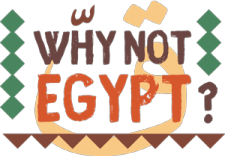
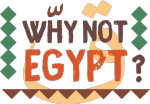

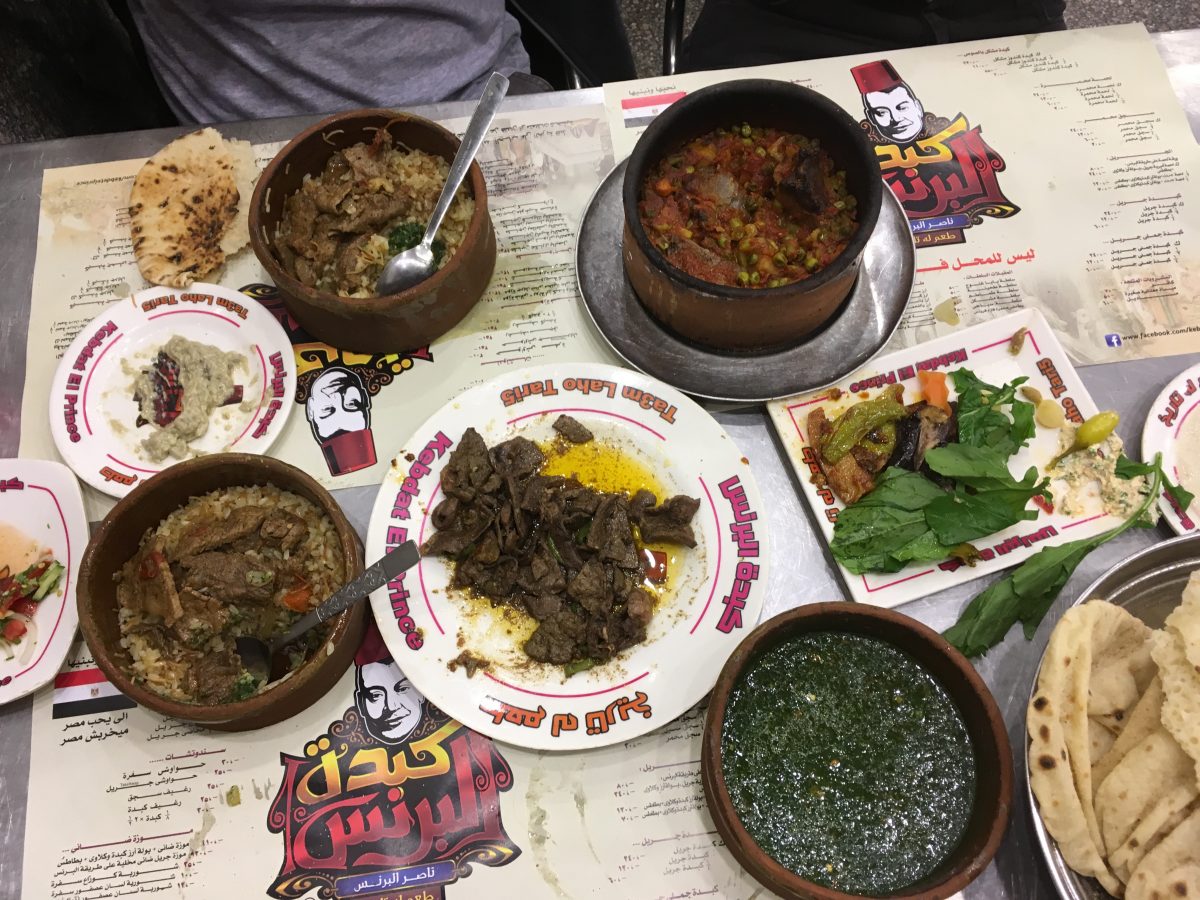
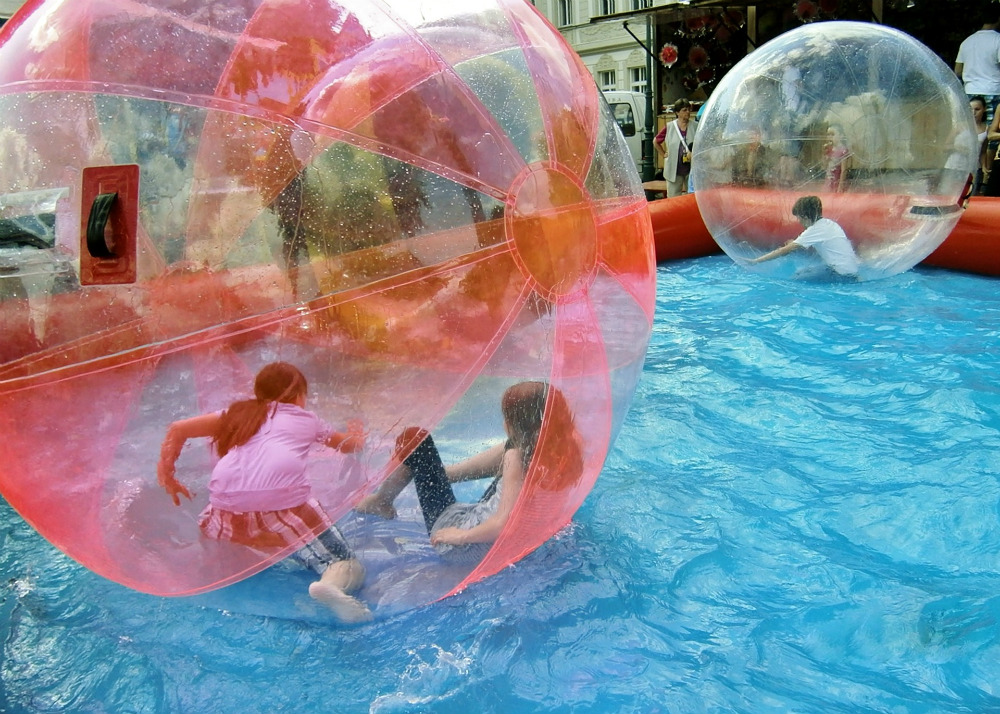
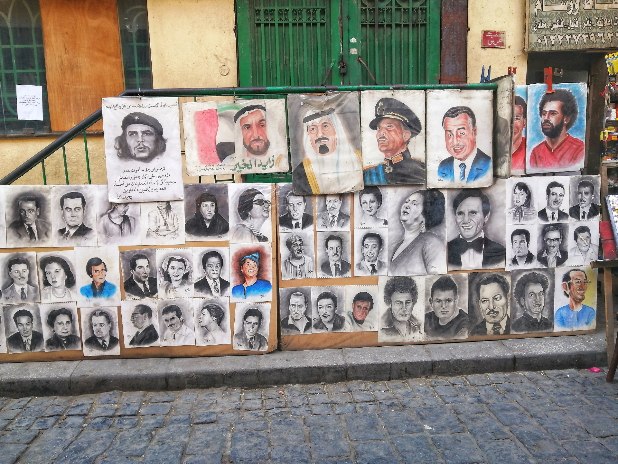

Pingback: First Time Cairo: All You Need to Know - Why Not Egypt?
Pingback: Bus Trippin' to Sinai in Egypt Where & How | Why Not Egypt?
Pingback: 9 Reasons to Choose Egypt Over Any Other Country | Why Not Egypt?
Pingback: 52 Fun Things to Do in Cairo & Where to Find Them | Why Not Egypt?
Pingback: A Guide to Exploring the Best Places in Zamalek Island | WhyNotEgypt?
Pingback: Ancient Egypt 101 - A Short History Lesson - WhyNotEgypt?
Pingback: Arabic 101 for First Time Visitors to Egypt | Why Not Egypt?
Pingback: 8 Beautiful Souvenirs You Must Get In Egypt - WhyNotEgypt?
Pingback: A Guide to Exploring the Best Places in Zamalek | WhyNotEgypt?
Pingback: 52 Fun Things to Do in Cairo & Where to Find Them | Why Not Egypt?
Pingback: Cairo Tourist Attractions for First Time Visitors | Why Not Egypt?
Pingback: 8 Beautiful Souvenirs You Must Get in Egypt | WhyNotEgypt